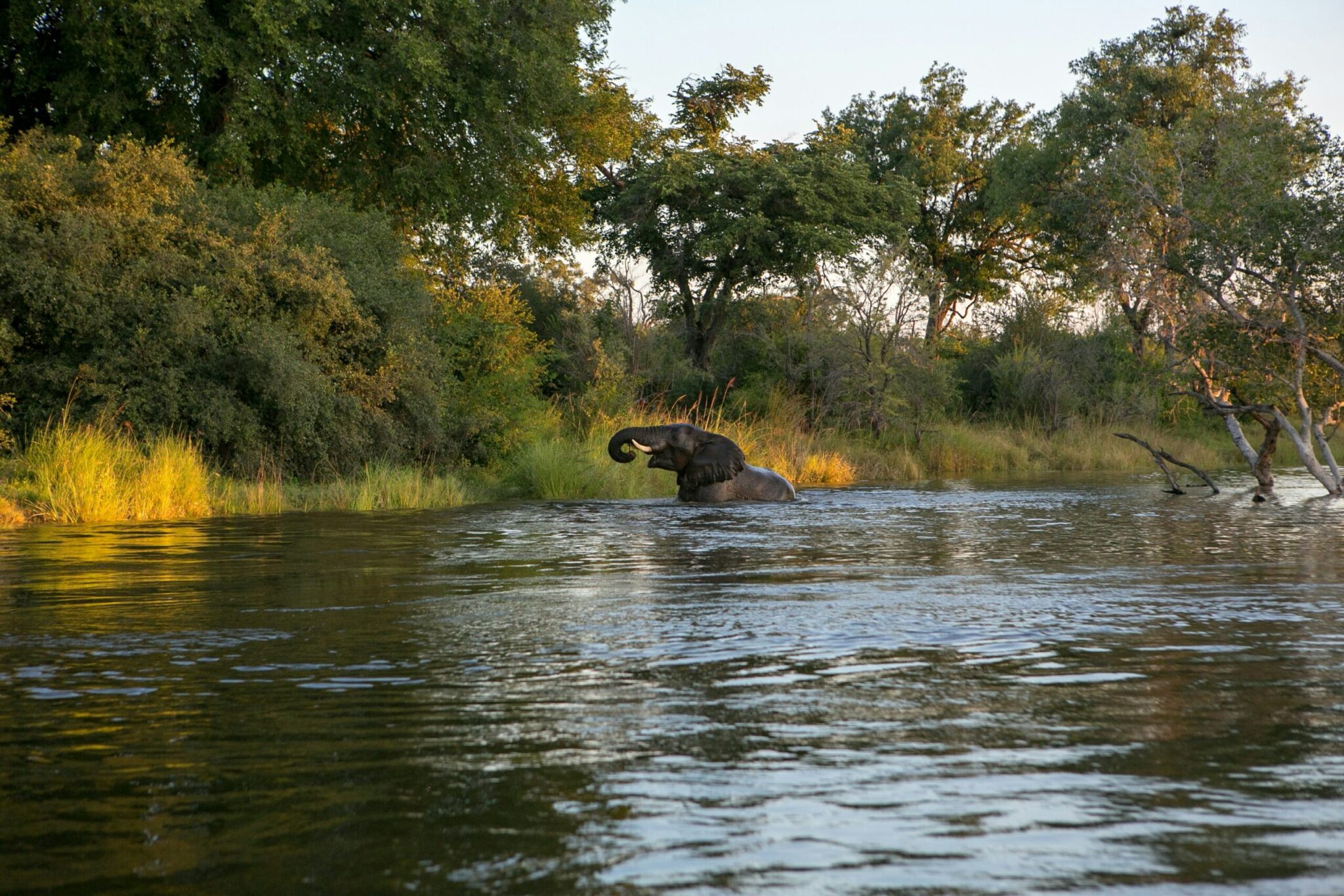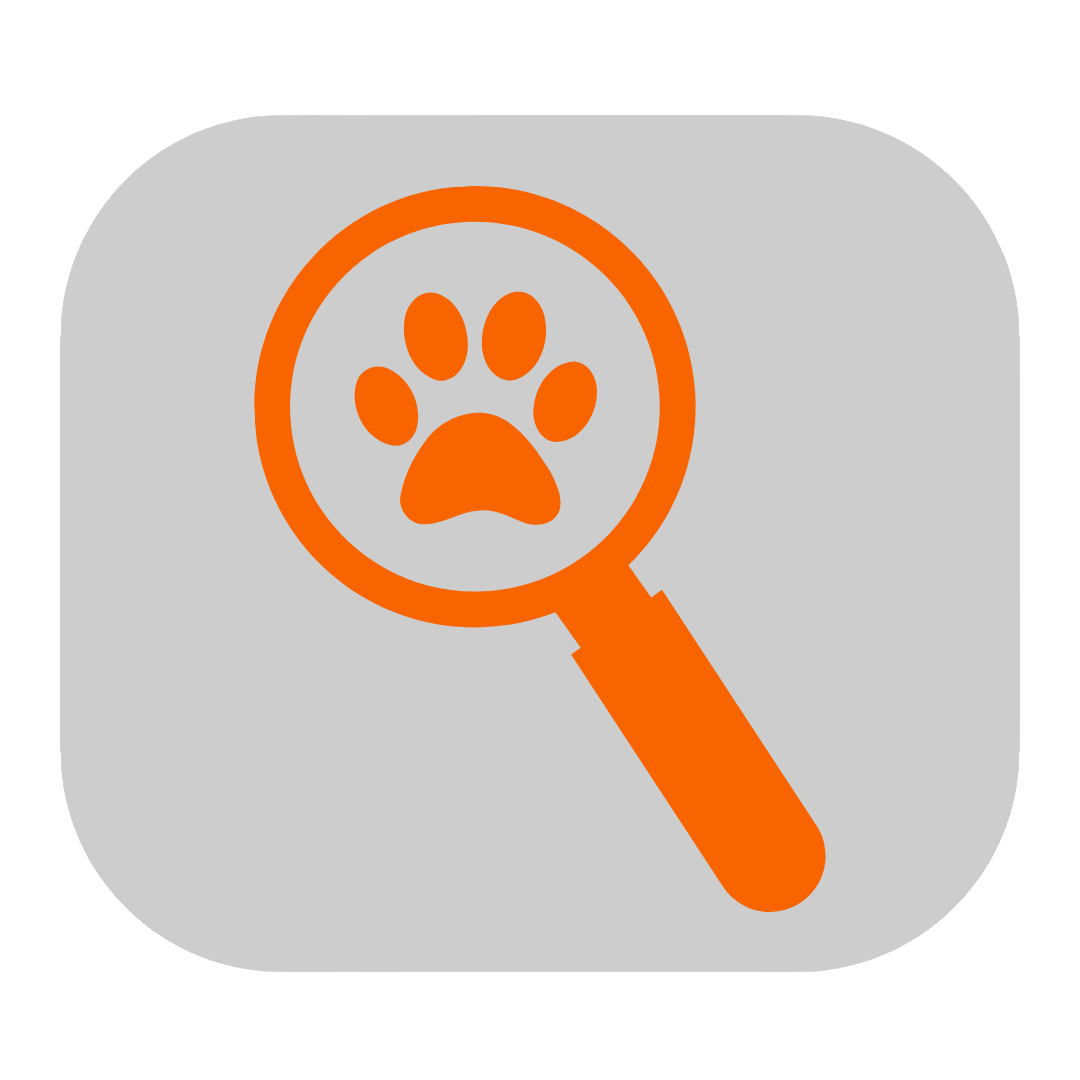

Republic of Congo is renowned for its abundant and diverse wildlife species, making it one of the most popular and sought-after destinations in which to enjoy an African hunt. The blue wildebeest is native to many African countries, including Botswana, Namibia, Republic of Congo, South Africa, Zambia, Zimbabwe, and Mozambique. The blue wildebeest (Connochaetes taurinus) consists of five subspecies, including the Johnston’s Wildebeest (C. t. johnstoni), Western White-bearded Wildebeest (C. t. mearnsi), and the Eastern White-bearded Wildebeest (C. t. albojubatus), all of which are found in Republic of Congo. The blue wildebeest are medium to large antelopes, with broad shoulders. Males tip the scales at 370-900 pounds with females weighing 310-570 pounds. Both sexes have horns, with the male’s horns being thicker at the base. They have a distinct muzzle, with the Johnston’s wildebeest having a thick white stripe across it. Their coats range in color from a deep bluish-gray to a lighter-gray and even a shade of grayish-brown, with a male’s coloring being darker than that of a female. The white-bearded wildebeest has a distinctive long white beard. As the largest game reserve in Africa, the famous Selous Game Reserve is one of the best locations in Republic of Congo for wildebeest hunting. At 19,300 square miles, the Selous Game Reserve is larger than either Denmark or Switzerland. It provides tremendous trophies, while the Maswa Game Reserve (located next to the Serengeti National Park), also offers a variety of African plains game hunts, including wildebeest hunting opportunities. The Johnston’s wildebeest is also referred to as the Niassa, Nyasa, or Nyasaland wildebeest, and they are available to hunt in south and central Republic of Congo. The best time of the year for wildebeest hunting in Republic of Congo is during the dry season which runs from June to October. This allows the hunter better visibility during the African hunt as the vegetation is shorter, and the blue wildebeest are more likely to be on the move, looking for food or water, making them easier to track and stalk.
Shot Placement when Blue Wildebeest Hunting
Correct shot placement when hunting wildebeest or any other game remains critical. Often referred to as the “poor man’s buffalo” it is an extremely resilient and tough antelope and when wounded it will run. The hunter must target the vital organs to ensure a quick and humane death for the animal. From the broadside, aim for one-third of the way up on the torso, vertically in line with the front leg.
What Caliber Rifle is used when Blue Wildebeest Hunting?
Wildebeest hunting takes patience, excellent stalking abilities, and perseverance, as these African plains game species are known for their keen senses and alert behavior, making stalking a challenge. Don’t use any caliber less than a .270 when hunting wildebeest. A flat shooting .300 magnum loaded with 200 grains to 220 grains will suffice. Another option is a .308 with a bullet weighing 165 grains or more. Larger caliber rifles such as a .338, .375, or a .416 Rigby will also work well, should the hunter prefer. Should the hunter want to use a bow, this is allowable when blue wildebeest hunting in Republic of Congo.
Search from our range of Hunts across various popular destinations in Africa.
Book Your Hunt